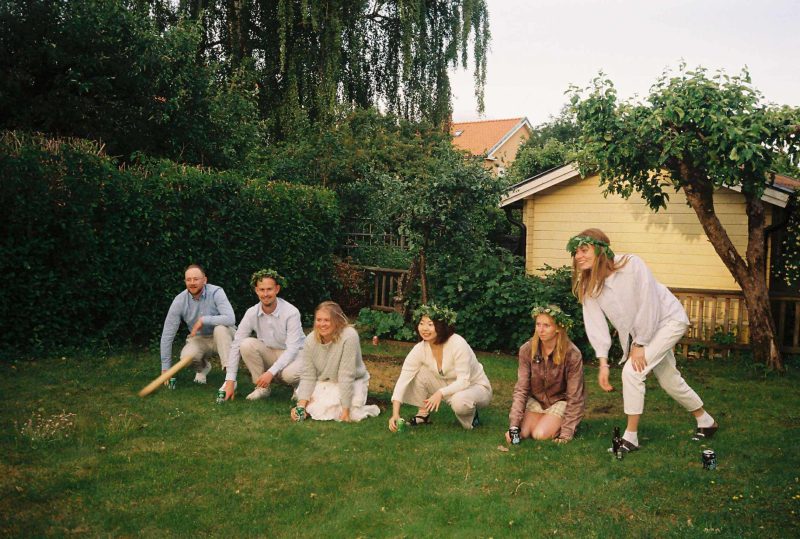
A quick and practical guide to learning Swedish
This short blog will feature some practical, personal tips on learning Swedish as a beginner, intermediate, or soon-to-be advanced speaker.
Summer signifies to me, a transitional period for many. Incoming students may be transitioning to become students. Continuing students maybe taking a breather from the previous term before embarking on a new year. For graduates, we are transitioning away from student life. If you plan to stay in Sweden for a while, I think learning Swedish is a very reasonable skill to have regardless of your “transitional” status. Below I will break down some steps you can take to learn Swedish depending on your language level!
For the very beginners
Getting started with Swedish courses
If you want to take Swedish courses immediately, there are a few options to consider. Firstly, I recommend you take advantage of the free semester of Swedish courses offered by KI. These courses are intended for international students, at Folkuniversitet. They are typically 5-10 weeks, and offers KI students a traditional in-class learning opportunity.

Alternatively, you can take classes at SFI, which stands for Svenska för invandrare (Swedish for immigrants). Read more about the SFI structure in former DA’s blogs. To summarize, SFI mainly differs from Folkuniversitet’s course. Some of my peers have told me that you learn vocabulary intended to serve a “practical” purposes in occupational settings, among others.
Absorbing Swedish media: from news podcasts to music
You can also get a softer start in learning the language via immersing yourself in Swedish media. This may be those who, like me, are not always a big fan of classroom settings. I’m talking TV shows, movies, and music to name a few. Why not pick up on some well-known TV programmes like Snabba Cash, Young Royals, or Bonusfamiljen? You may gradually get a feel of the Swedish culture, slang, and rhythm. I especially feel like reality TV shows with subtitles can be a fun way to get used to the informal Swedish language. In other words, I feel like it’s a good way to grasp how Swedish is “actually” spoken on the streets, in contrast to the sometimes unnatural grammar taught in classrooms.

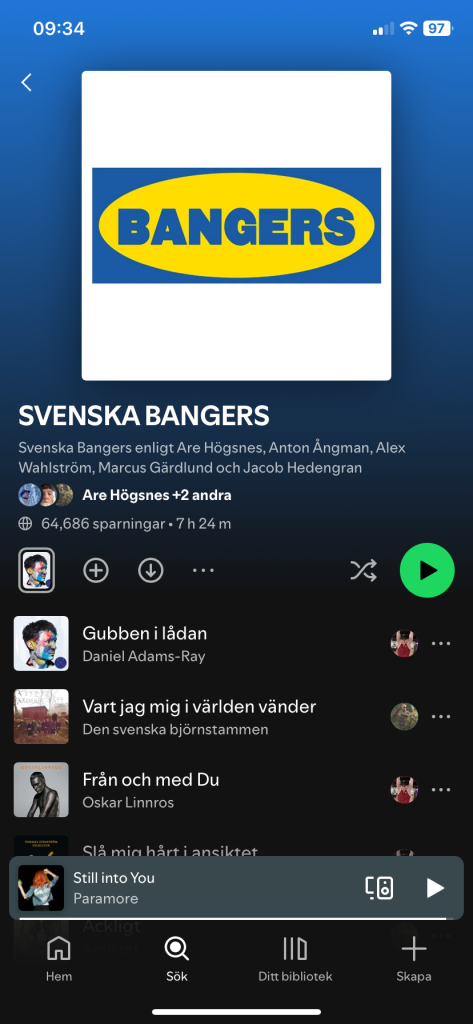
Moreover, take a few minutes out of your day to listen to, and then read some of the lyrics out of both classic and modern Swedish artists! Some classic artists (in my opinion) include:
Håkan Hellström (very famous artist, especially amongst those from Gothenburg), Magnus Uggla, Carola, Ted Gärdestad, Veronica Maggio (you’ll hear her song, “Jag Kommer” at least 2-3 times during Introduction Week), or Tjuvjakt (Swedish rap group). There is also a Spotify playlist called “Svenska Bangers” (Swedish Bangers i.e hitsongs) that includes alot of modern Swedish music that most people know.
For intermediate speakers
Even more podcasts!
On top of completing your courses at Folkis or SFI, why not start listening to the news in Swedish? On Sveriges Radio (Swedish radio station), there are news podcasts available in Lättsvenska (Simple Swedish) where you can get news reports read out in slightly slower, and simplified Swedish. If you are up for the challenge, Sveriges radio app allows you to adjust the speed of your podcasts. So why not choose a non-simplified news podcast/other podcasts in 0.75x speed?

I would personally recommend–especially because it is summer–Sommar i P1. This podcast features Swedish artists, politicians, influencers and more, who talk about their lives/philosophies. Each day of summer (starting the end of June), one episode gets released! In my personal opinion, the podcast hosts typically speak very slowly and clearly, making it easy to understand. Also, many hosts try to tell a story of their lives. Therefore, there is typically a clear common thread that you can follow throughout the podcast chronologically. I think it’s a great way to get to know some prominent Swedish people, some Swedish music (podcasters put 8-15 songs in between each short section of their episode), and experience an informal part of Swedish summer.
Language cafés with friends and strangers
Language cafés are informal occassions in which a group of people go for a fika (coffee) while only speaking a certain language–in this case Swedish–for the duration of the meeting. It is typically attended by those new to the language. This means that it is intended to be rather non-judgemental, safe place to freely practice your Swedish speaking skills.
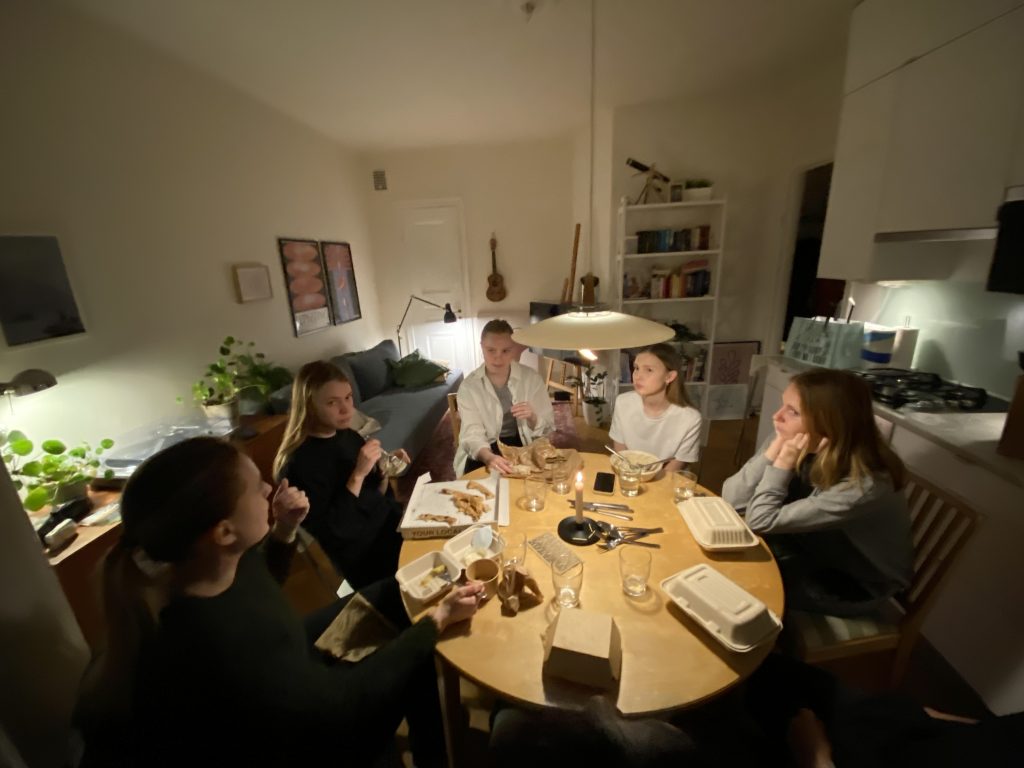
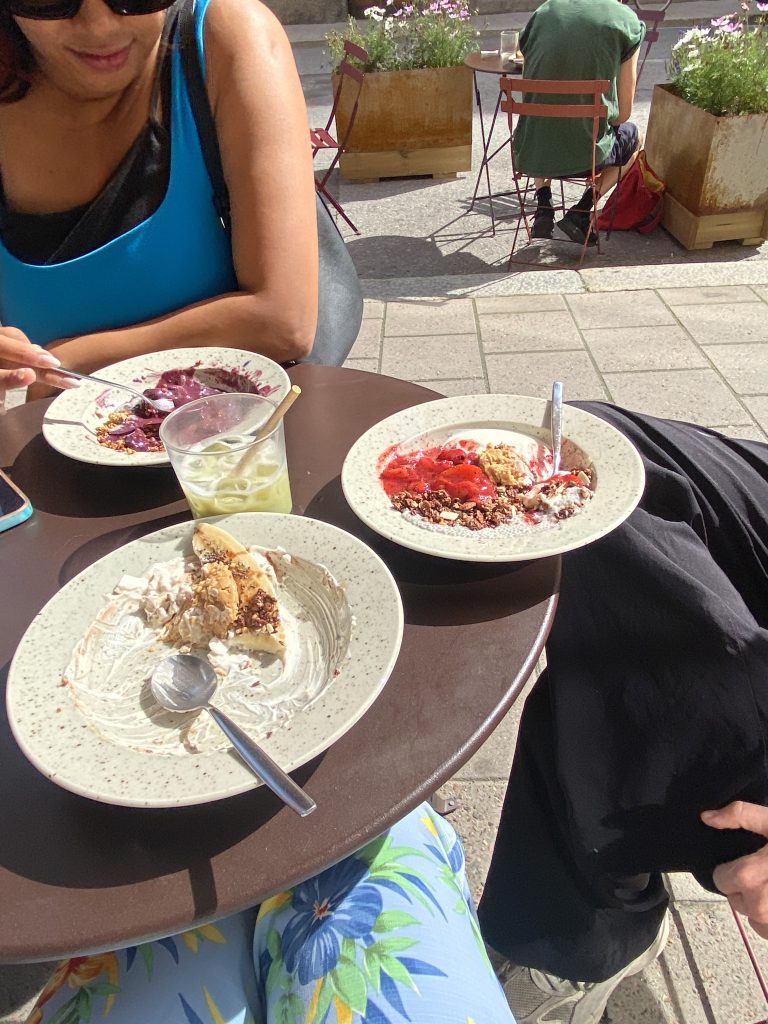
You can either recruit some classmates or even join some events hosted by strangers (nowadays you can find quite a few on social medias like Facebook, Instagram, or Tiktok). If you feel like you want some sort of “direction” or delegation from someone who speaks the language, kindly (and subtly) bribe your Swedish classmate(s) to join you. Personally, I’m a strong believer of befriending a token Swede and kindly convincing them to host, or attend language cafés with you.
Start staying simple Swedish phrases daily!
This one maybe requires the least consistency, but it may require the most courage initially. Dedicate 5-15 seconds of your day to saying one or more Swedish phrases to a stranger. It can be a simple “tack” (thank you), “ha det bra” (have a good one), “det gör inget” (that’s ok), “en bryggkaffe tack” (a brewed coffee please), or “inget kvitto tack” (no receipt thanks). You can use these phrases at the grocery store, convenience store, or café at any given day.
I think this mostly gets you in the habit of learning the timing, pronounciation, and flow of a typical interaction in Swedish. Though it occurs outside of a classroom setting, I feel like it’s essentially learning by repetition. Yes, many Swedes are excellent speakers. However, alot of people are patient and may very well talk back to you in Swedish even if you make small grammatical errors or have a noticeable accent. Swedish is not spoken in one single way after all!
For soon-to-be fluent speakers
Reading Swedish books
Get a library card from Stockholm stad and borrow books. This way, you can start reading lättläst, young adult classics, and classic literature in Swedish, at your own pace.
I think reading books intended for young adults can also be a fun way to learn Swedish. You can try reading books by Swedish authors that are considered “classics” in middle- or high schools. I enjoyed reading “Ondskan”, “Kallocain”, “Tusen gånger starkare” and “En man som heter Ove” when I was a bit younger. If you’re eager to read more books written by Swedish authors, some of them include: Fredrik Backman, Selma Lagerlöf, Jonas Jonasson, Jonas Hassen Khemiri, Jan Guillou, and Karin Boye.

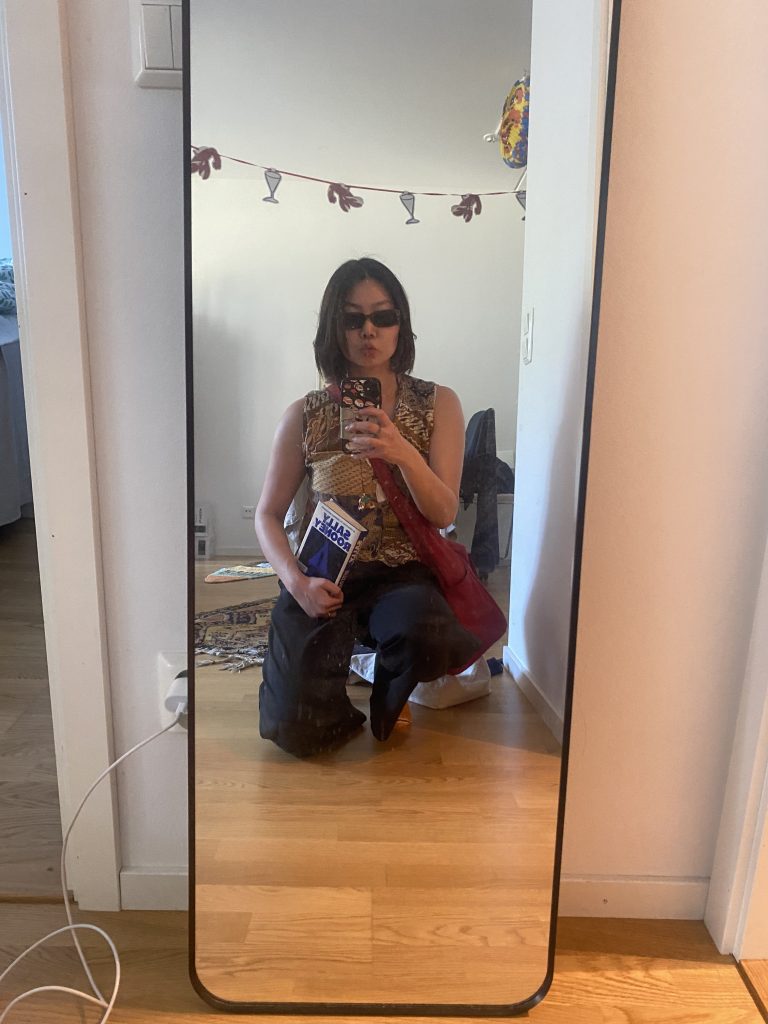
I sometimes also like to rotate between English and Swedish whilst re-reading trilogy books like the Hunger Games. If you’re a fan of trilogies I would also recommend re-reading them! Alternatively, read other favorite books of yours in Swedish to pick up some new vocabulary!
Reading Swedish short articles
Apart from reading newspaper articles, I think reading a myriad of short “media-based” texts are helpful. Examples include columns (krönika), debate articles, and letters to the editor (insändare) on several newspapers like Expressen, Aftonbladet, or Svenska Dagbladet. These options are great especially if you’re short on time or if books are not your thing. Why not also read some medical news from Läkartidningen?
Bonus tip: Make a Swedish friends and try to infiltrate their Swedish friend group. Then proceed to listen to, and speak Swedish with them after a while.
Final remarks
I hope you got a brief feel of some ways you can navigate your Swedish language journey! Bottom line is there are many ways to pick up the language embedded in classrooms, courses, and everyday life. There is no one correct way! For more tips, be sure to check out previous blogs, such as Martin’s, for additonal perspectives.

Risa-Public Health Sciences
Hej! I am Risa, a Japanese Master's student in Public Health Sciences starting my studies in 2023 at Karolinska Institutet. Having been interested in the multidisciplinary, globally applicative, and cooperative nature of the public health field, paired with my familiarity with KI’s global reputation, I’ve always had the desire to study at KI. I enjoy curating playlists, petting cats, and going on scenic walks around Stockholm in my free time.

0 comments